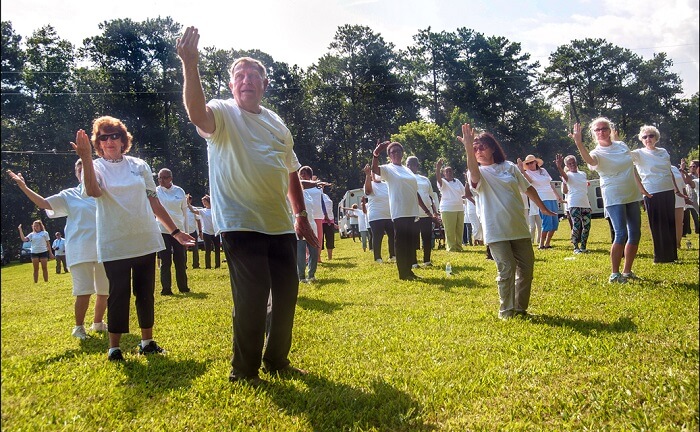 Falls account for nearly one-third of all non-fatal injuries in the U.S., according to Injury Facts. For some people, falls result in embarrassment, skinned knees or broken bones. For others, falls can signal the beginning of lifestyle changes – or even lead to death.
Falls account for nearly one-third of all non-fatal injuries in the U.S., according to Injury Facts. For some people, falls result in embarrassment, skinned knees or broken bones. For others, falls can signal the beginning of lifestyle changes – or even lead to death.
Every 20 minutes, an older adult dies from a fall, and many more are injured, according to the Centers for Disease Control and Prevention. CDC data indicates:
Because the aging process can affect vision, strength and balance, adults 65 and older are at elevated risk for falls. However, falls are not a natural part of aging and can be prevented. You can identify simple steps that can make a big difference. Here are some resources to help:
Talk to your doctor about your personal fall risk and what changes you can make to be safer. Ask your doctor or pharmacist to review you prescriptions and over-the-counter medications regularly, paying special attention to opioid painkillers, tranquilizers, sedatives and antidepressants. Some medicines and combinations of medicines can affect balance and cause drowsiness, dizziness or light-headedness. Vitamin D deficiency can increase fall risk.
During a regular exam, be sure your doctor checks for foot pain and proper footwear. Have your vision tested annually.
Walking aids, such as canes and walkers, can mean the difference between safely navigating your world or experiencing a fall. Talk to your doctor or physical therapist about the right device for you – including finding the proper fit.
While falls can occur anywhere, they most often occur at home. Use these tips to make your home safer:
While we all are aging every day, falls do not have to be a part of that process. Understanding fall risks is the first step to keeping our loved ones and ourselves safe.
There are no items in your cart